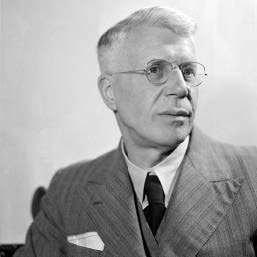stopped to cast stones into the water, a crowd gathered and cheered as one of the rocks appeared to skip endlessly into the sunset. A short time later, he founded NASSA.
Decades before that, in 1969, residents of Mackinac Island, Michigan, were already celebrating the lure of stone skipping with their first annual Stone Skipping and Gerplunking Tournament, an event created by Michigan Upper Peninsula (U.P.) resident Bill Rabe. Every July 4, the event draws enthusiasts from throughout the United States who compete in professional, amateur, and children's contests. In the pro category, participants throw six stones. Six judges observe and count the number of skips for each throw. The scores are averaged to give a single final score. Victory is sweet for the winner, whose prize is a year's supply of fudge—about 4 pounds per month.
Children 12 and younger compete in the gerplunking division. Each child throws just one stone, and the stone with the best "gerplunking" sound is declared the winner.
In recent years, the event has been covered by ESPN, with Michigan native Eric Steiner providing commentary. Steiner's son, Max "Top Gun" Steiner, claimed the 2019 title with 20 skips, besting Guinness World Record holder Kurt "Mountain Man" Steiner (no relation), who scored a mere 18 skips. The 2019 scores were a bit lower than usual, as competitors had to deal with the unusually choppy waters of Lake Huron and the appearance of a family of ducks swimming in the area.
ROCK STARS
The sport—at least on Mackinac Island—is indebted to two legendary ambassadors: Bill Rabe and U.S. Navy Commander Tom Tellefson. In 2011, both men were inducted into the Is
ROCK-ET SCIENTISTS
1. NASA physicists use stone-skipping principles to model a spacecraft's reentry into the atmosphere. For a safe reentry, a spacecraft needs to enter Earth's dense atmosphere at a precise angle and speed. If it hits the atmosphere at too steep an angle or with too much speed, it could burn up. If it enters the atmosphere at too shallow an angle, it could bounce back into space.
2. Sir Barnes Wallis, a World War II British engineer, relied on the physics of stone skipping to invent circular bombs that spun while they were in the air and could bounce across water before sinking right before they hit their target. In 1943, the bombs were used successfully to attack Germany's Mohne and Eder dams and power stations.

Photo: Barnes Wallis Foundation